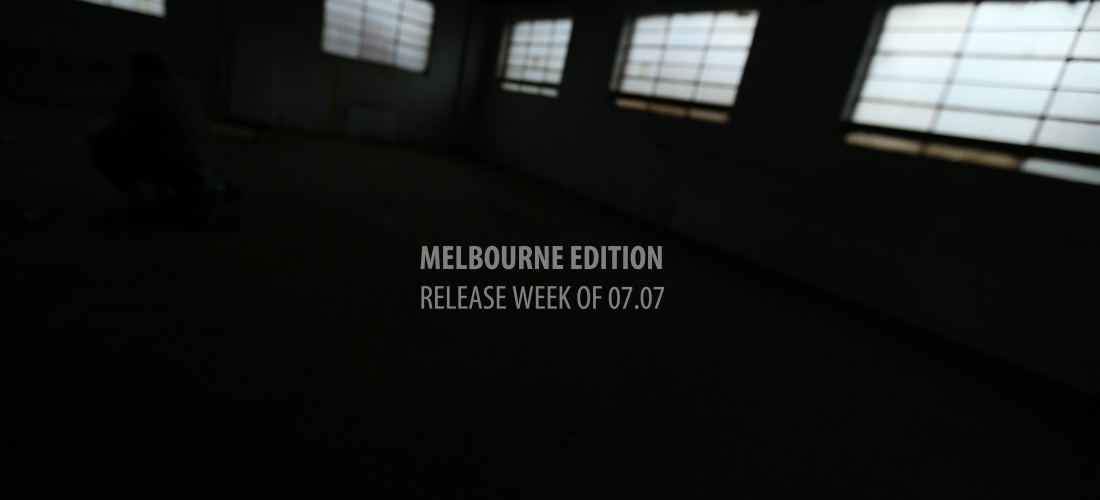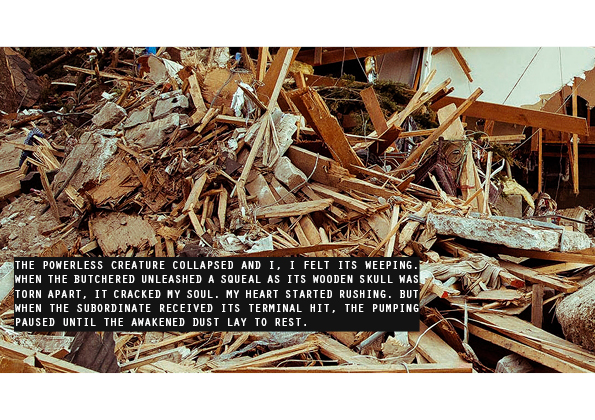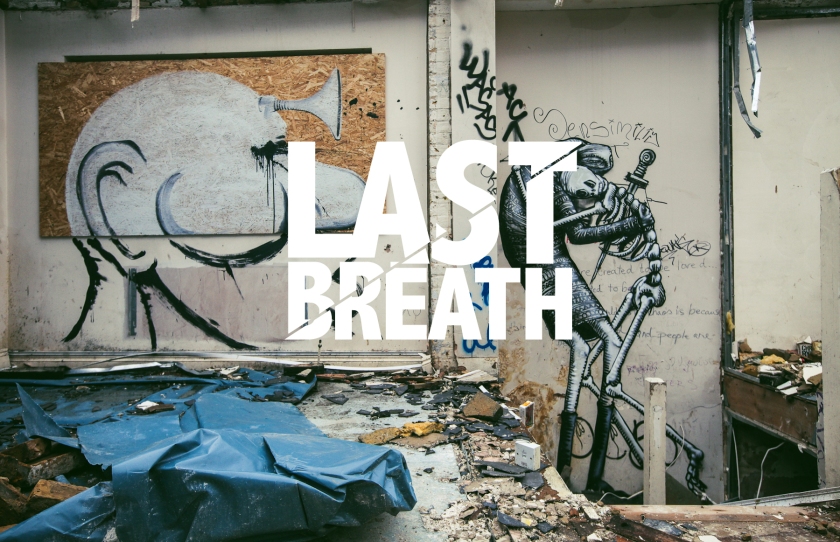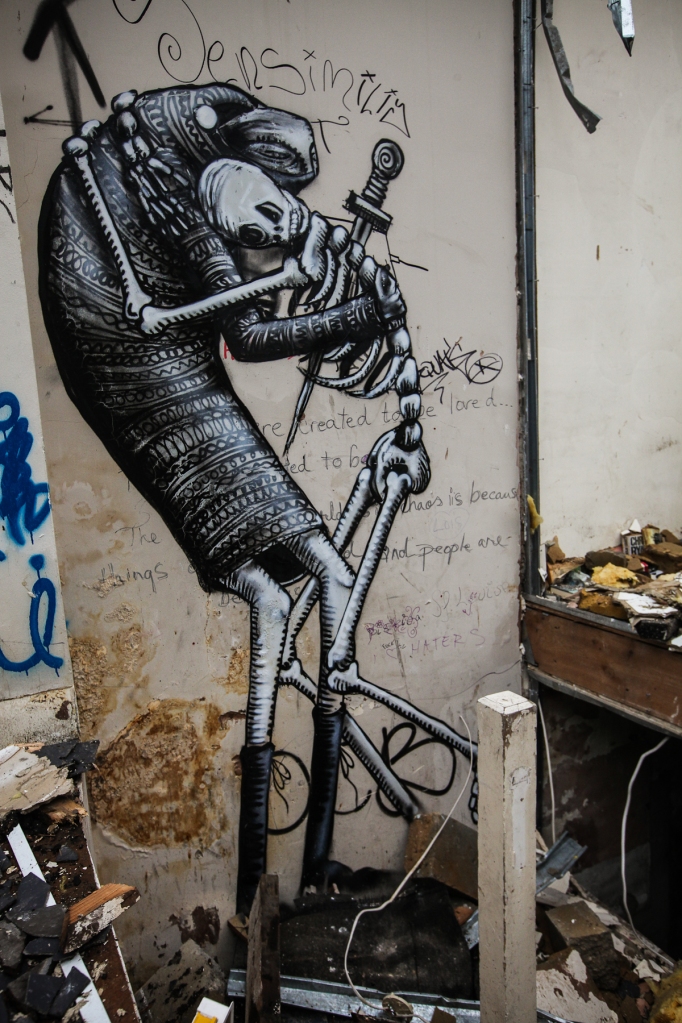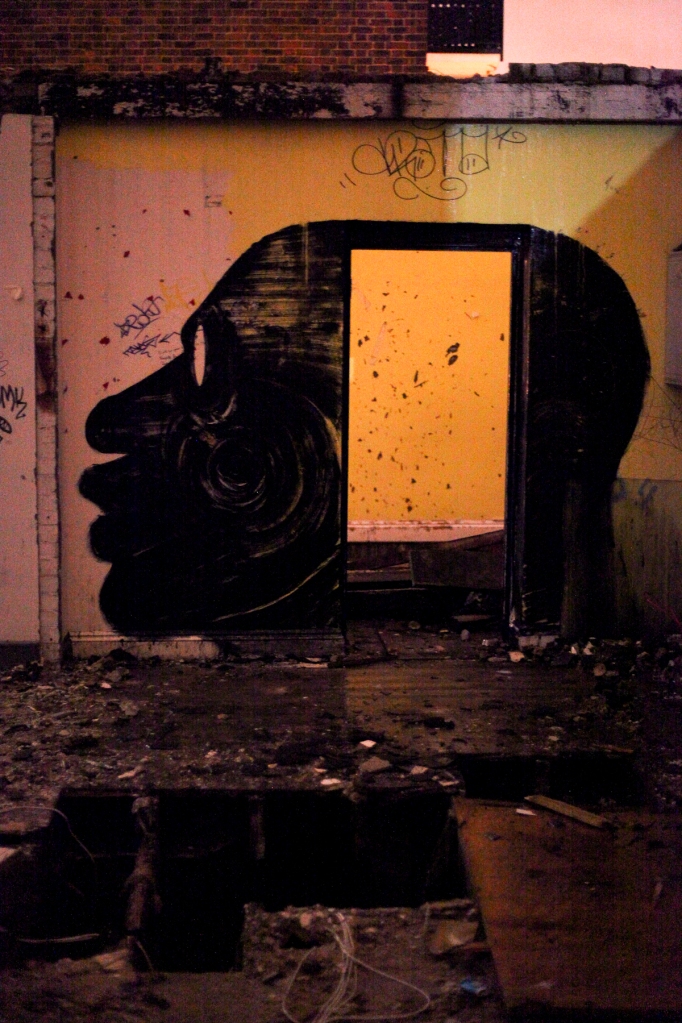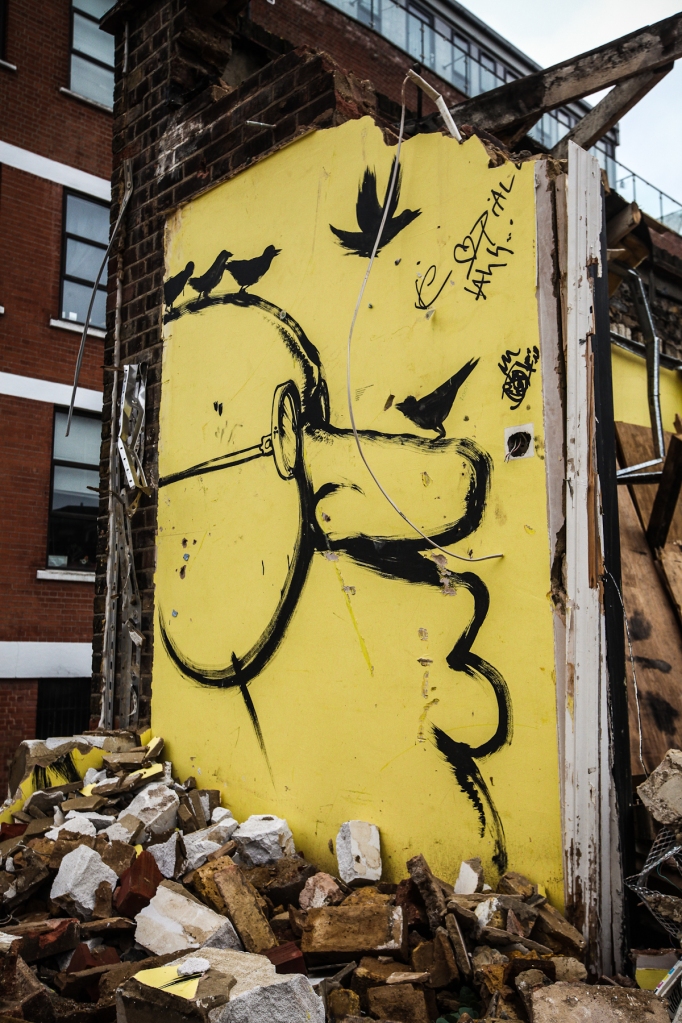
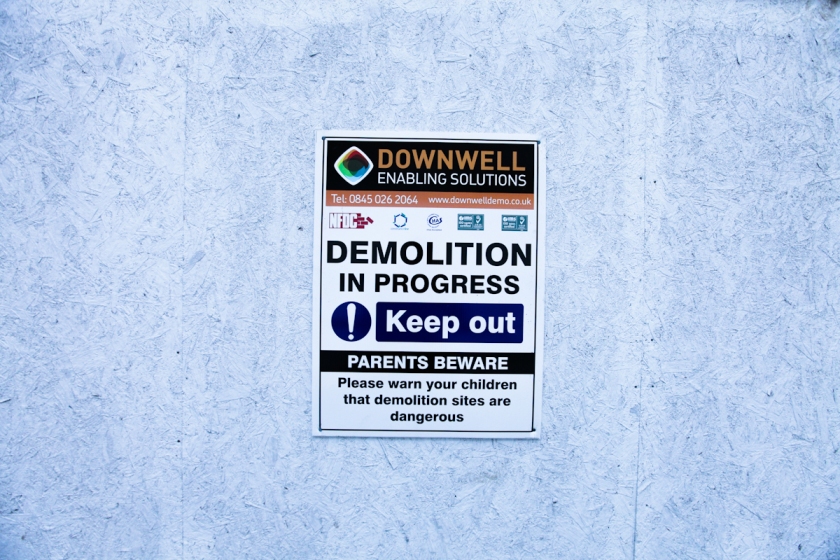
As humans, we expect to experience a sudden burst of energy and consciousness before eternally closing our eyes. An overabundance of stimuli grasped and verbalized only by those having faced – and escaped – personal demise. This leaves me wondering: does a construction, right before its ultimate destruction, experience a temporary form of similar liveliness? Does it, depending on its (dis)satisfaction with its own life, hold its breath hoping the end is coming soon, or does it rather open its eyes, fully embracing its determined faith?
Maybe not exactly so. A Platonic, literal understanding is clearly deemed to dissent to this possibility of consciousness within non-human or non-animalistic entities. Yet, it’s to be argued though that dualist understandings of the concept – i.e. pure presence or pure absence of consciousness, without potential notions in between the two – are overly simplified. One might say buildings potentially gain a certain level of liveliness (perhaps not ‘consciousness’ in a classic sense) in the way that they are in constant state of becoming and in permanent interaction until death (and potentially even after). It does so without becoming the initiator of interaction, rather this sense of reciprocal ‘action’ is forced upon the establishment by its ungovernable surroundings.
At birth, many buildings receive a name and are referred to by that term until their ending, and beyond. Then, as soon as it is populated by individuals (for labouring, recreational or residential purposes), spaces are endlessly modified, both materially (alteration and addition of spaces, walls, decoration, windows) and in terms of meaning. The latter is affected by the temporary, individual characteristics of those occupying the space – including their current states of mind and behaviour – resulting in a constant flux of meaning. Within a very limited amount of time, a singular structure can shift from being the spatial idealised representation of one individual’s childhood, to signifying an other individual’s distressing last days alive. One structure, multiple layers of meaning and a plurality of identities. Like a living creature, a construction’s “body” and “soul” are never static.
If we start regarding constructions as creatures rather than structures, one can almost say demolition is murder. Not only murder of materiality, but also murder of meaning and memory.
